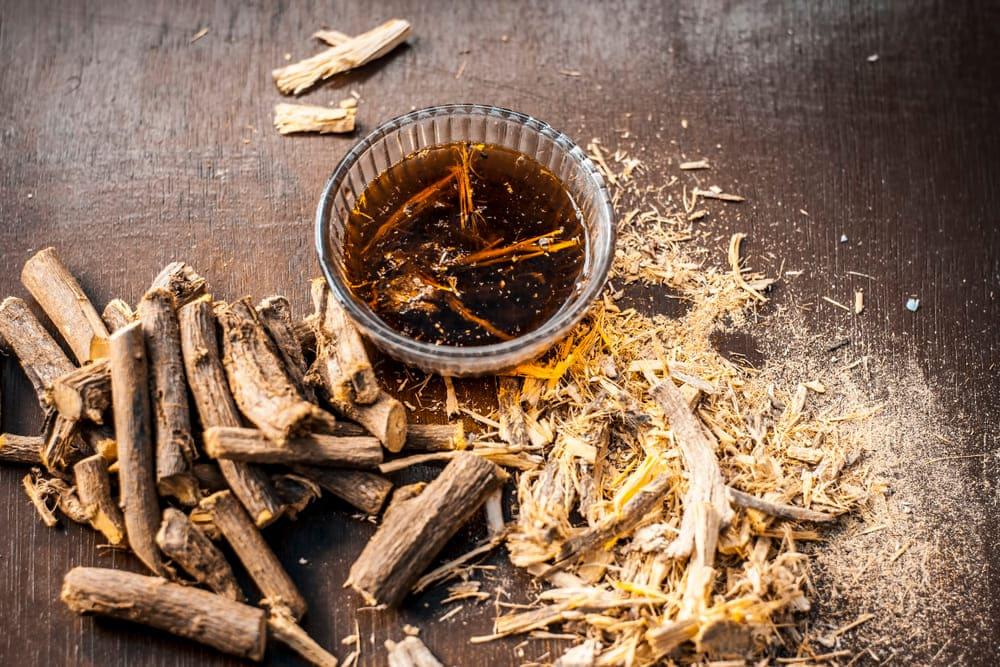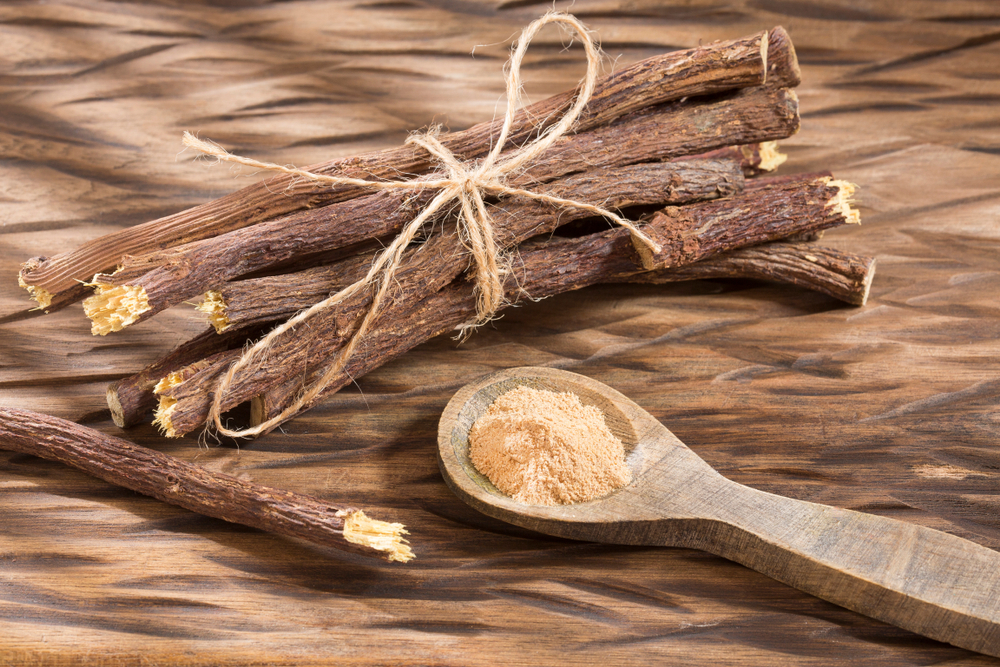Sweetwood, also known as Glycyrrhiza glabra or licorice root, is a plant that has been cherished for centuries for its sweet flavor and medicinal properties. While most people associate licorice with candy, the natural root itself—often referred to as sweetwood—offers a wealth of health benefits and culinary possibilities.
In this blog post, we’ll explore the properties of sweetwood, how to eat it, and creative ways to incorporate it into your diet.
What is Sweetwood?
Sweetwood is the root of the licorice plant, native to Europe and Asia. It has a distinct sweet flavor, which comes from a compound called glycyrrhizin, and has been used in traditional medicine for thousands of years. Sweetwood is available in various forms, including dried sticks, powder, and extracts.
Properties of Sweetwood
- Natural Sweetener:
Sweetwood is 50 times sweeter than sugar, making it a popular natural sweetener in teas, desserts, and herbal remedies. - Anti-Inflammatory:
The glycyrrhizin in sweetwood has potent anti-inflammatory properties, making it useful for soothing conditions like arthritis, gastritis, and sore throats. - Supports Digestive Health:
Sweetwood is known to soothe the digestive tract, relieve heartburn, and reduce symptoms of indigestion and bloating. - Boosts Immune System:
Rich in antioxidants and antimicrobial compounds, sweetwood can help strengthen the immune system and fight off infections. - Respiratory Health:
Sweetwood has expectorant properties, making it effective for relieving coughs, colds, and bronchitis. - Hormonal Balance:
Sweetwood may help regulate cortisol levels and support adrenal gland function, making it beneficial for managing stress and fatigue. - Skin Health:
Applied topically or consumed, sweetwood can help reduce inflammation, treat eczema, and promote healthy skin.
How to Eat Sweetwood
Sweetwood can be enjoyed in various forms, depending on your preference and the desired benefits. Here are some popular ways to consume it:
- Chewing the Root:
- Dried sweetwood sticks can be chewed directly to release their sweet flavor and beneficial compounds.
- This method is great for freshening breath and soothing a sore throat.
- Sweetwood Tea:
- Boil a few slices of dried sweetwood root in water for 10–15 minutes.
- Strain and enjoy the tea hot or cold. Add honey or lemon for extra flavor.
- Sweetwood Powder:
- Add a pinch of sweetwood powder to smoothies, baked goods, or desserts as a natural sweetener.
- Mix it into yogurt or oatmeal for a healthy, sweet twist.
- Sweetwood Extract:
- Use a few drops of sweetwood extract in beverages, sauces, or dressings for a concentrated burst of sweetness.
- Be cautious with the dosage, as extracts are highly concentrated.
- Candied Sweetwood:
- Candied sweetwood sticks are a popular treat in some cultures. They can be eaten as a snack or used to flavor drinks.
- Capsules or Supplements:
- Sweetwood is available in capsule form for those who prefer a convenient way to enjoy its health benefits.
Creative Ways to Use Sweetwood in Cooking
Sweetwood’s unique flavor makes it a versatile ingredient in both sweet and savory dishes. Here are some ideas:
- Desserts:
- Add sweetwood powder to cakes, cookies, or ice cream for a natural sweetness and depth of flavor.
- Beverages:
- Infuse sweetwood sticks in hot chocolate, coffee, or cocktails for a unique twist.
- Sauces and Marinades:
- Use sweetwood extract or powder in barbecue sauces, glazes, or marinades for a sweet and savory flavor.
- Herbal Blends:
- Combine sweetwood with other herbs like mint, ginger, or chamomile to create custom tea blends.
- Smoothies:
- Add a pinch of sweetwood powder to your morning smoothie for a natural sweetener and health boost.
Precautions and Contraindications
While sweetwood offers many benefits, it’s important to use it responsibly:
- Moderation is Key:
Excessive consumption of sweetwood can lead to side effects like high blood pressure, low potassium levels, and water retention due to its glycyrrhizin content. - Not for Everyone:
Pregnant women, people with high blood pressure, kidney disease, or heart conditions should avoid sweetwood or consult a healthcare provider before using it. - Potential Interactions:
Sweetwood may interact with certain medications, including blood pressure drugs, diuretics, and corticosteroids. - Short-Term Use:
Limit the use of sweetwood to short periods (2–4 weeks) to avoid potential side effects.

Sweetwood is a remarkable plant with a rich history and a wide range of health benefits. From soothing digestive issues to boosting immunity and adding natural sweetness to your meals, it’s a versatile addition to your pantry. However, it’s essential to use it in moderation and be aware of its potential contraindications.
Have you tried sweetwood?
Share your favorite ways to enjoy it in the comments below!
Disclaimer: This blog post is for informational purposes only and is not a substitute for professional medical advice. Always consult a healthcare provider before using sweetwood, especially if you have underlying health conditions or are taking medications.

